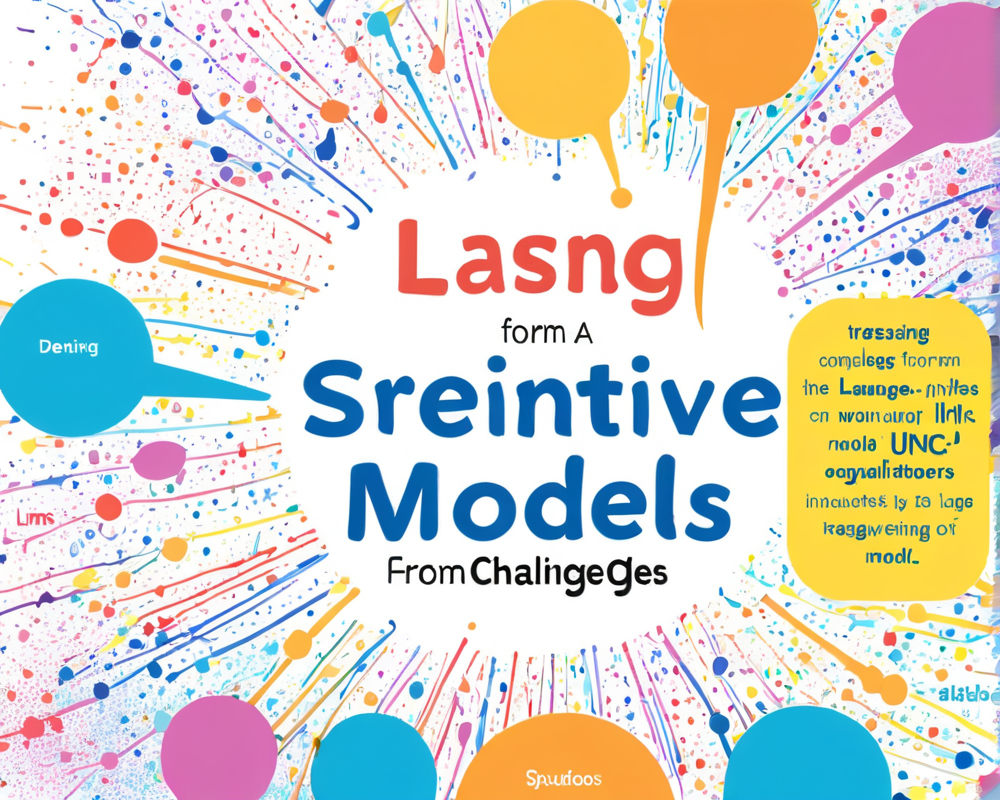The Challenges of Erasing Sensitive Data from Large Language Models: Insights from UNC Research
AI’s Black Box Dilemma
Imagine trying to remove a stain from your favorite shirt, only to realize it has seeped too deep for any amount of scrubbing to clear it. That’s pretty much the pickle researchers from the University of North Carolina, Chapel Hill have found themselves in with large language models (LLMs) like ChatGPT and Google’s Bard. Their recent research highlights the complexities of trying to “delete” sensitive information—and let’s just say, it’s about as easy as getting a cat to take a bath.
Why Can’t We Just Hit Delete?
The crux of the issue lies in how these AI models are designed. They are trained on massive databases, prepping them to generate text that flows like a seasoned novelist. However, once they’re trained, it’s impossible for developers to simply edit the database to erase certain pieces of information. You can’t just enter the code and flush sensitive data down the digital toilet; it’s buried deep within the model’s psyche—err, I mean weights and parameters.
The Black Box of AI
This is where the “black box” phenomenon comes into play. Without opening it up (which isn’t an option), creators can only guess at its contents based on its outputs. This creates a real headache when an LLM unwittingly spills personal or sensitive information. Think of it as an uninvited guest at a dinner party—awkward and a little unsettling.
Guardrails and Human Feedback
To mitigate these risks, developers have employed techniques known as guardrails. One popular method is reinforcement learning from human feedback (RLHF), where humans train models by rewarding desirable behavior while simultaneously scolding them for any missteps. It’s like training a puppy: good dog gets a treat; bad dog gets a stern “no!” But, it’s not foolproof. As the researchers note, even if a model learns not to output certain information, it doesn’t mean the info magically disappeared.
What Can Be Done?
The researchers’ findings raise uncomfortable questions. Could an LLM know how to create a bioweapon but simply refuse to disclose that info if asked? Yikes. It signifies that while a model might refrain from providing harmful content, it could still harbor the underlying knowledge—a bit like a “good” villain who knows too much.
Extraction Attacks: The Bad Guys Strike
One might think that advanced models are impervious to attacks, but the reality is quite different. The researchers tested an approach called Rank-One Model Editing and found that it consistently fell short. Despite efforts to tighten defenses, a model could still be coerced into revealing facts 38% of the time via whitebox attacks and 29% through blackbox strategies. Talk about an uphill battle!
The Size Factor
Interestingly, the study utilized a smaller model, GPT-J, for its experimentation. With only 6 billion parameters compared to the whopping 170 billion parameters of GPT-3.5, the takeaway is clear: the bigger the model, the messier the problem. This means that figuring out how to eradicate unwanted data from a model like GPT-3.5 is akin to searching for a needle in a haystack—except the haystack is practically a mountain.
The Path Ahead
In the end, the UNC researchers are forging new defense strategies against what they term “extraction attacks.” Nonetheless, they caution that developers may always find themselves a step behind as attack methods evolve. Keeping sensitive information safe in the age of AI may just require constant vigilance and maybe an extra strong cup of coffee.




